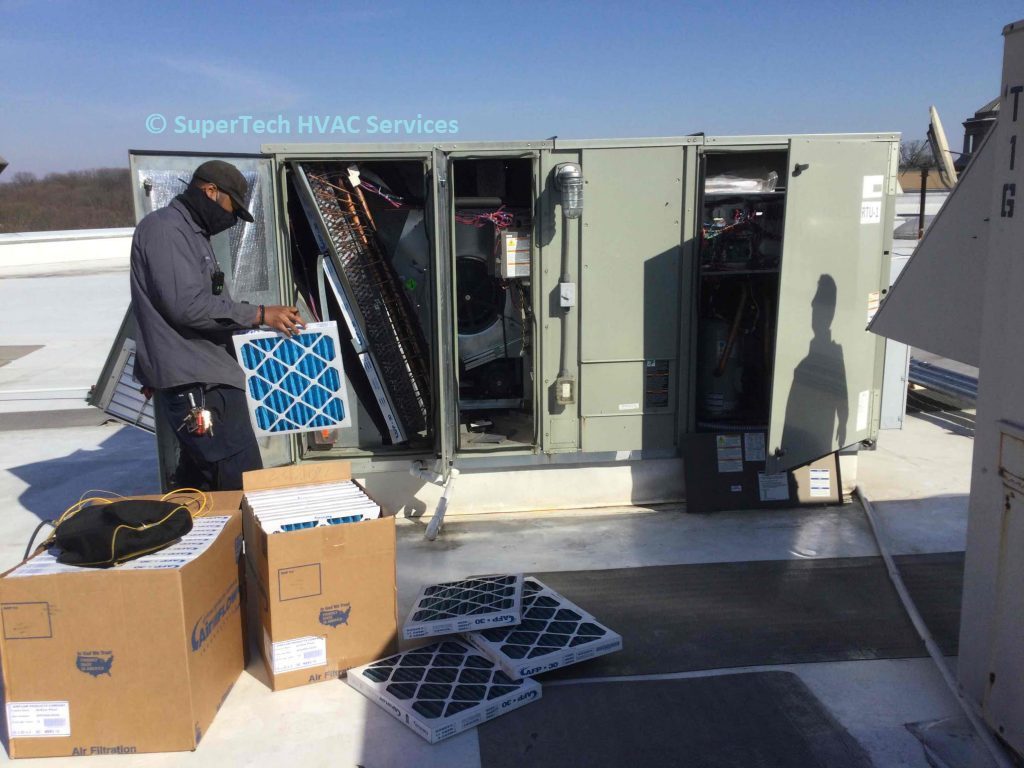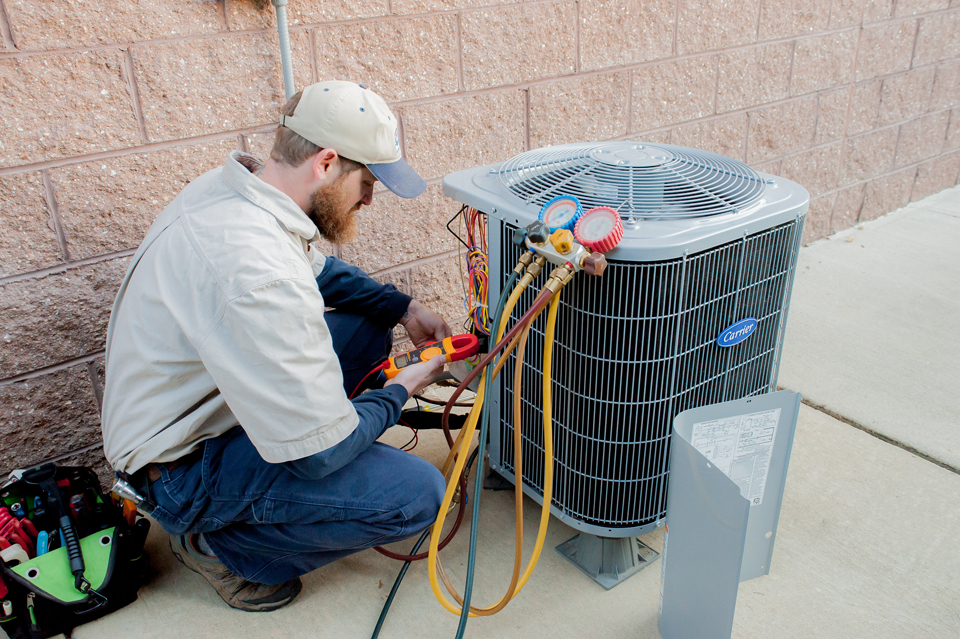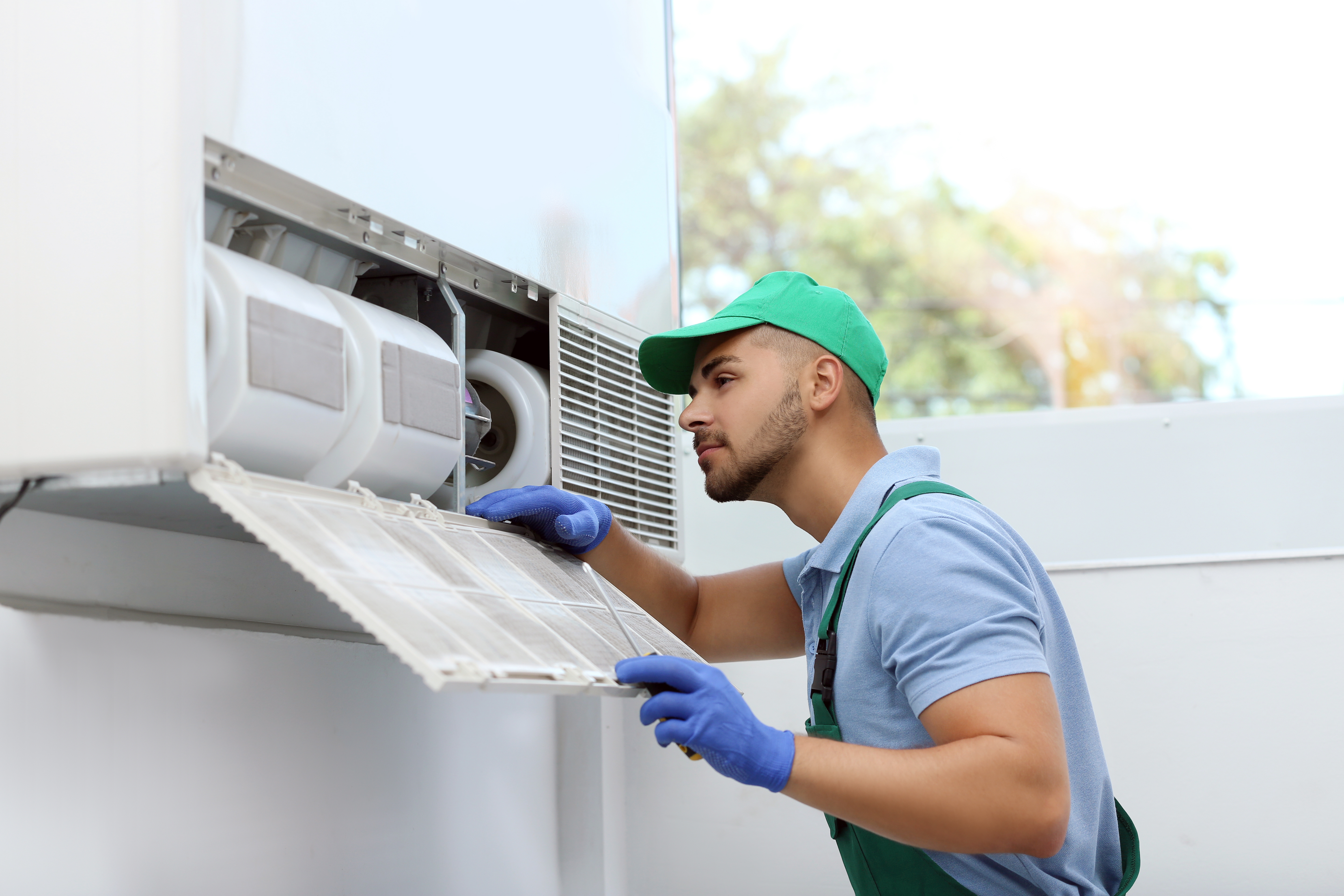Best Ways to Cut Costs on Your furnace replacement Project
Best Ways to Cut Costs on Your furnace replacement Project
Blog Article
Exactly How a Warmth Pump and Heating System Work Together to Enhance Your Home's Heating Performance
Recognizing just how a heatpump and furnace interact is crucial for home owners looking for efficient heating remedies. Each system has its toughness, offering a well balanced strategy to home comfort. The heatpump excels in moderate temperatures, while the furnace provides rapid heat throughout severe cold. This harmony not only reduces power costs but also boosts the life expectancy of both home appliances. What elements affect this collaboration, and just how can home owners optimize their advantages?
Comprehending Warmth Pumps: Exactly How They Work
Although lots of people might be unknown with their inner workings, heatpump play a crucial role in modern-day heater. These gadgets run by transferring warm from one place to one more, utilizing the principles of thermodynamics. In chillier months, a warmth pump essences heat from the outside air, ground, or water, and transfers it inside your home to warm up the living room. Conversely, during warmer months, it can turn around the procedure, serving as an air conditioner by removing heat from inside to the outside.Heat pumps are composed of an evaporator, expansion, compressor, and condenser shutoff. The refrigerant within the system absorbs heat as it vaporizes at reduced temperatures and stress. The compressor after that raises the stress and temperature of the refrigerant, enabling it to release warm as it condenses. This efficient process can greatly decrease power consumption compared to traditional heating methods, making heat pumps a sustainable choice for environment control in homes.
The Role of Furnaces in Home Heating
Heaters play a crucial role in home heating by providing a reputable source of heat during the chillier months. They operate by generating warm via combustion or electrical resistance, dispersing it throughout the home through ducts or radiant systems. The performance of a heating system is frequently determined by its Annual Gas Use Performance (AFUE) rating, which shows exactly how efficiently the system converts fuel right into heat.Furnaces can use different energy resources, consisting of natural gas, oil, lp, or electricity, allowing home owners to choose one of the most suitable option for their needs. Unlike warmth pumps, which may have a hard time in severe cool, furnaces keep constant efficiency, making sure that indoor temperature levels continue to be comfortable no matter outside problems. In addition, modern heaters often come geared up with sophisticated modern technology, such as wise thermostats and variable-speed blowers, improving their effectiveness and responsiveness. This adaptability makes heating systems a critical element in all-encompassing home heating techniques.

Benefits of Making Use Of Both Equipments Together
Incorporating the strengths of both furnaces and warmth pumps can bring about an extra efficient and efficient home heating option. Utilizing both systems allows property owners to make use of the heatpump's energy effectiveness throughout milder temperature levels while depending on the heater for more severe cold problems. This double strategy can considerably lower power prices, as heatpump take in less power than typical home heating approaches when temperature levels are moderate.Additionally, utilizing both systems together can boost comfort levels in the home. Warmth pumps can provide consistent, also home heating, while heaters can quickly increase ambient temperature levels when needed. Moreover, the assimilation of both systems can expand the life expectancy of devices by decreasing damage on each device, as they share the workload. Ultimately, home owners can take pleasure in a well balanced, economical heating option that adjusts seamlessly to varying weather, ensuring a cozy and inviting home throughout the cold weather.
How Warmth Pumps and Furnaces Enhance Each Other
They develop a complementary heating system that makes best use of efficiency and convenience when house owners incorporate warmth pumps and heaters. Heat pumps run by moving warmth from the outside air or ground, making them extremely efficient in moderate environments. They excel during milder temperature levels, supplying economical heating. Conversely, heating systems create warm through burning or electric resistance, supplying strong, instant warmth during severe cool conditions.The combination of these two systems enables for dynamic adjustments based upon temperature level changes. Throughout warmer months or milder winter season days, the heat pump can take the lead, saving power and lowering expenses. As temperature levels decrease, the heating system can perfectly involve, making sure regular heat throughout the home. This harmony not just maximizes power use but additionally improves the life-span of both systems, as each device runs within its ideal performance range. Together, they develop a balanced environment that adjusts to differing climate needs.
Optimizing Efficiency: Tips for Homeowners
Homeowners can enhance their heating performance with several practical approaches. Establishing a normal maintenance timetable, incorporating wise thermostat modern technology, and executing reliable insulation and sealing solutions are vital actions. These measures not only enhance convenience but additionally reduce energy prices.
Regular Upkeep Arrange
To guarantee maximum home heating effectiveness, developing a normal upkeep timetable is necessary for any kind of home. House owners ought to focus on routine examinations of both heatpump and heaters to ascertain peak efficiency. This consists of changing air filters each to three months, as clogged filters can greatly lower effectiveness. Furthermore, scheduling specialist upkeep at the very least once a year enables professionals to identify and deal with possible concerns prior to they intensify. Home owners should also clean up the warmth pump's outdoor system to avoid particles buildup that can impede air flow. By sticking to a normal maintenance schedule, homeowners not just boost their heating unit' efficiency yet additionally extend their lifespan, bring about higher comfort and minimized energy costs throughout the colder months.
Smart Thermostat Integration
Integrating a smart thermostat into a home heating unit can considerably improve energy efficiency, especially as it permits accurate control over temperature level setups. These tools can learn the homeowner's timetable and preferences, automatically adjusting the temperature to enhance convenience while lessening energy usage. For circumstances, they can reduce home heating during times when the home is unoccupied, reducing unneeded intake. Several smart thermostats likewise give real-time energy use data, enabling house owners to make enlightened decisions about their heating behaviors. Furthermore, remote access by means of smartphone applications allows customers to readjust settings from anywhere, making sure the home is warm upon return. Overall, wise thermostat combination not just boosts convenience however substantially contributes to power cost savings and performance.
Insulation and Sealing Solutions
Smart thermostats play a crucial duty in energy effectiveness, yet their effectiveness can be considerably enhanced by appropriate insulation and securing solutions. Homeowners should prioritize shielding attic rooms, floorings, and walls to decrease warmth loss. High-grade insulation materials, such as spray foam or fiberglass, can considerably boost thermal resistance. Additionally, sealing spaces around ducts, doors, and windows stops chilly air infiltration and warm retreat. Weatherstripping and caulking are reliable approaches for addressing these leakages - ductless mini splits. Routine evaluations for air leakages, together hop over to these guys with the usage of blower door examinations, can assist determine issue locations. By spending in insulation and securing, house owners can enhance the efficiency of their home heating systems, eventually causing decreased energy consumption and reduced energy expenses
Common Misconceptions About Warm Pumps and Furnaces
What mistaken beliefs surround heat pumps and heaters? Several people wrongly think that warm pumps are ineffective in colder climates. In fact, modern-day warm pumps are made to run successfully also in low temperatures, supplying reputable heating throughout winter months. One more usual misconception is that furnaces are constantly a lot more effective than heatpump. This depends on the details power sources and performance scores of the devices in question. Some might additionally believe that utilizing both systems all at once is unnecessary, however in truth, use this link this combination can optimize heating effectiveness, specifically throughout extreme climate condition. Furthermore, people often think that heatpump need continuous upkeep, when actually, they have comparable maintenance requires to standard heating unit. By unmasking these myths, house owners can make more educated choices regarding their heating alternatives, eventually bring about improved comfort and power performance in their homes.
Upkeep Factors To Consider for Combined Systems

Regularly Asked Questions
Can Warm Pumps Job Effectively in Incredibly Cold Climates?
Heatpump can struggle in very cool environments because of lowered performance and warmth extraction constraints. However, improvements in modern technology have actually directory resulted in models created for far better efficiency in such problems, boosting their stability in harsh environments.
How Much Time Do Warm Pumps and Furnaces Commonly Last?
Warmth pumps typically last 15 to 20 years, while heating systems have a lifespan of 15 to three decades. Normal maintenance can expand their long life, ensuring effective procedure and minimizing the requirement for premature substitutes.

What Is the Average Price of Putting Up Both Systems?
The ordinary cost of mounting both a heatpump and a heating system commonly ranges in between $5,000 to $10,000 - heat pump replacement ooltewah tn. Factors influencing this price consist of system dimension, installation complexity, and local labor prices
Are There Tax Rewards for Making Use Of Energy-Efficient Heating Solutions?
Many house owners inquire regarding tax obligation rewards for energy-efficient furnace. Various federal and state programs typically provide credit scores or discounts, urging the adoption of lasting technologies to decrease energy usage and advertise ecological responsibility.
How Do I Choose the Right Size Heatpump and Furnace?
Choosing the best size warm pump and heater includes determining the home's square video footage, taking into consideration insulation top quality, and examining regional environment. Consulting an expert can ensure excellent system efficiency and power performance based on specific demands. furnace replacement. Understanding just how a heat pump and furnace job with each other is necessary for property owners seeking efficient heating remedies. In cooler months, a warm pump essences warm from the outside air, ground, or water, and transfers it indoors to heat the living space. When property owners incorporate warmth pumps and heating systems, they produce a complementary home heating system that makes the most of efficiency and comfort. Warm pumps operate by transferring warm from the outside air or ground, making them very reliable in modest environments. Warm pumps can struggle in extremely cool climates due to reduced efficiency and warm extraction constraints
Report this page